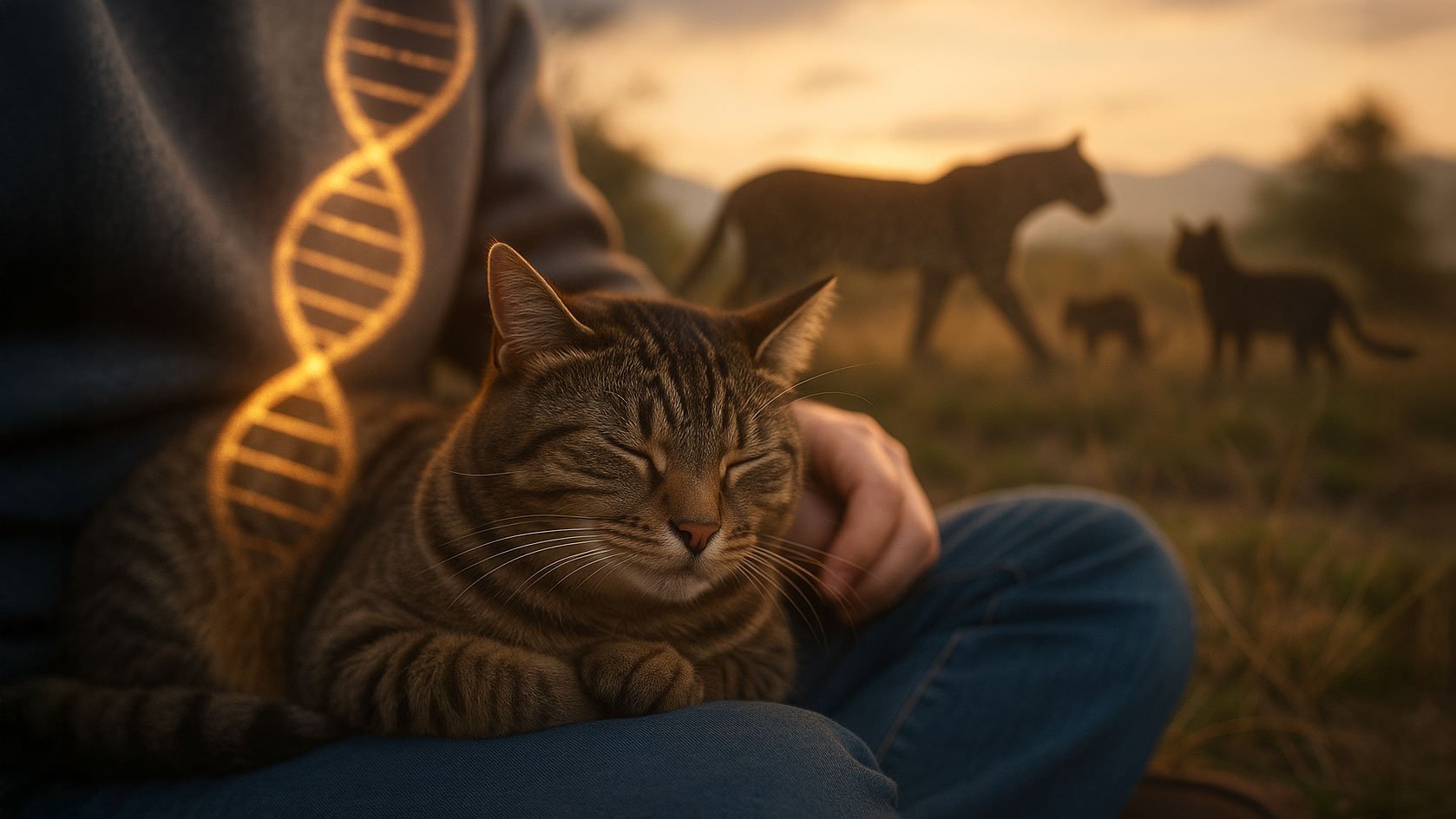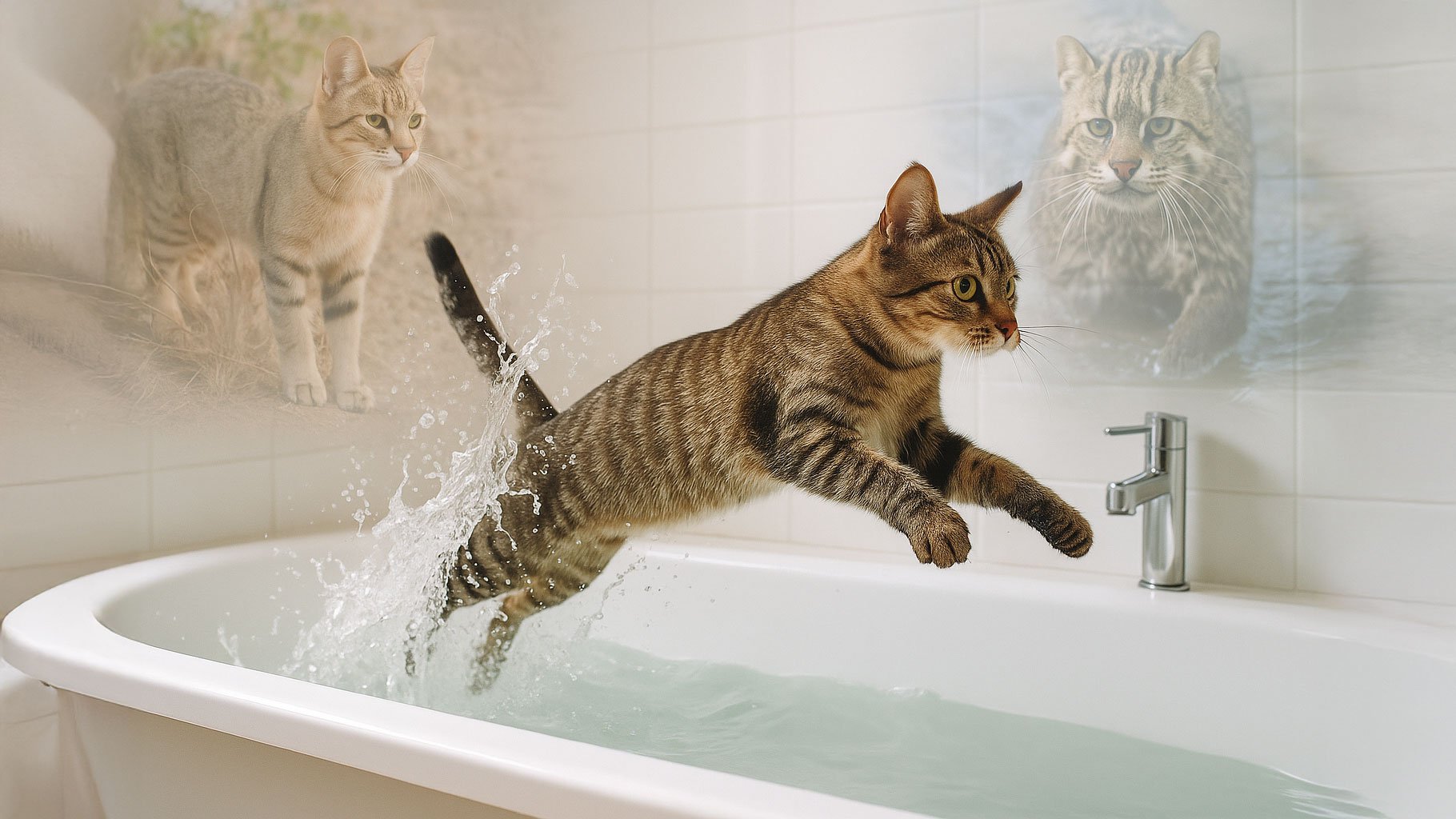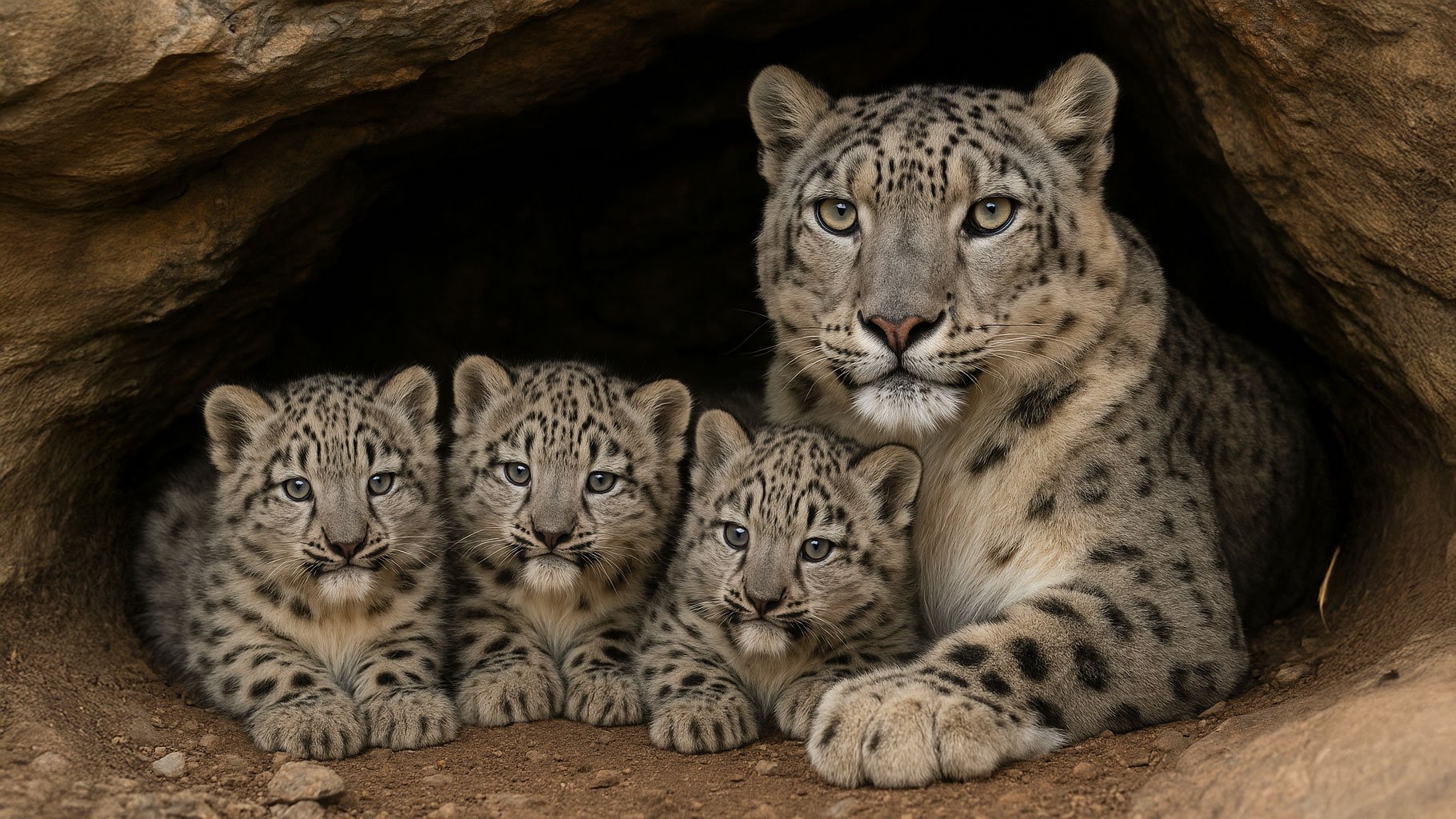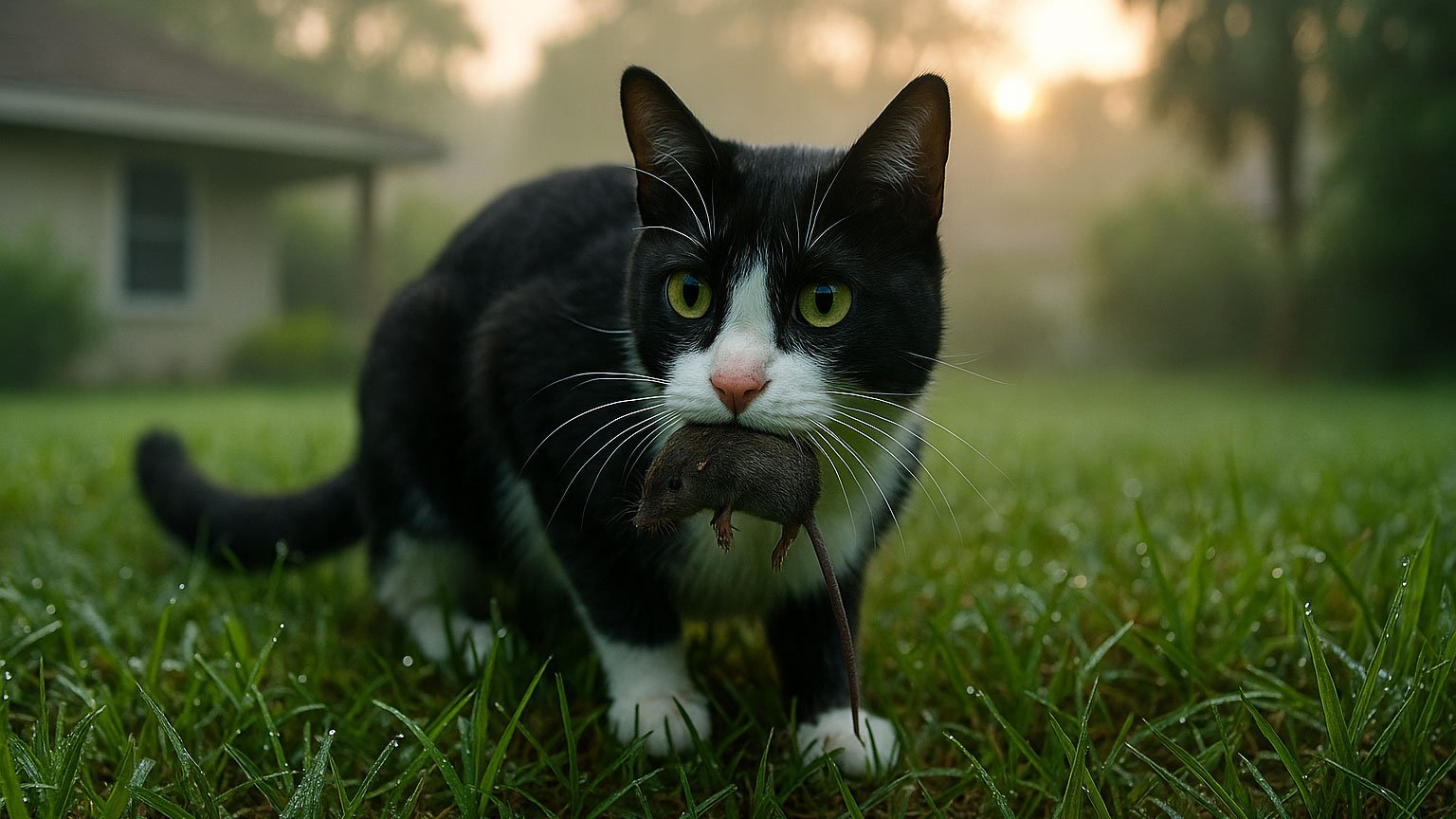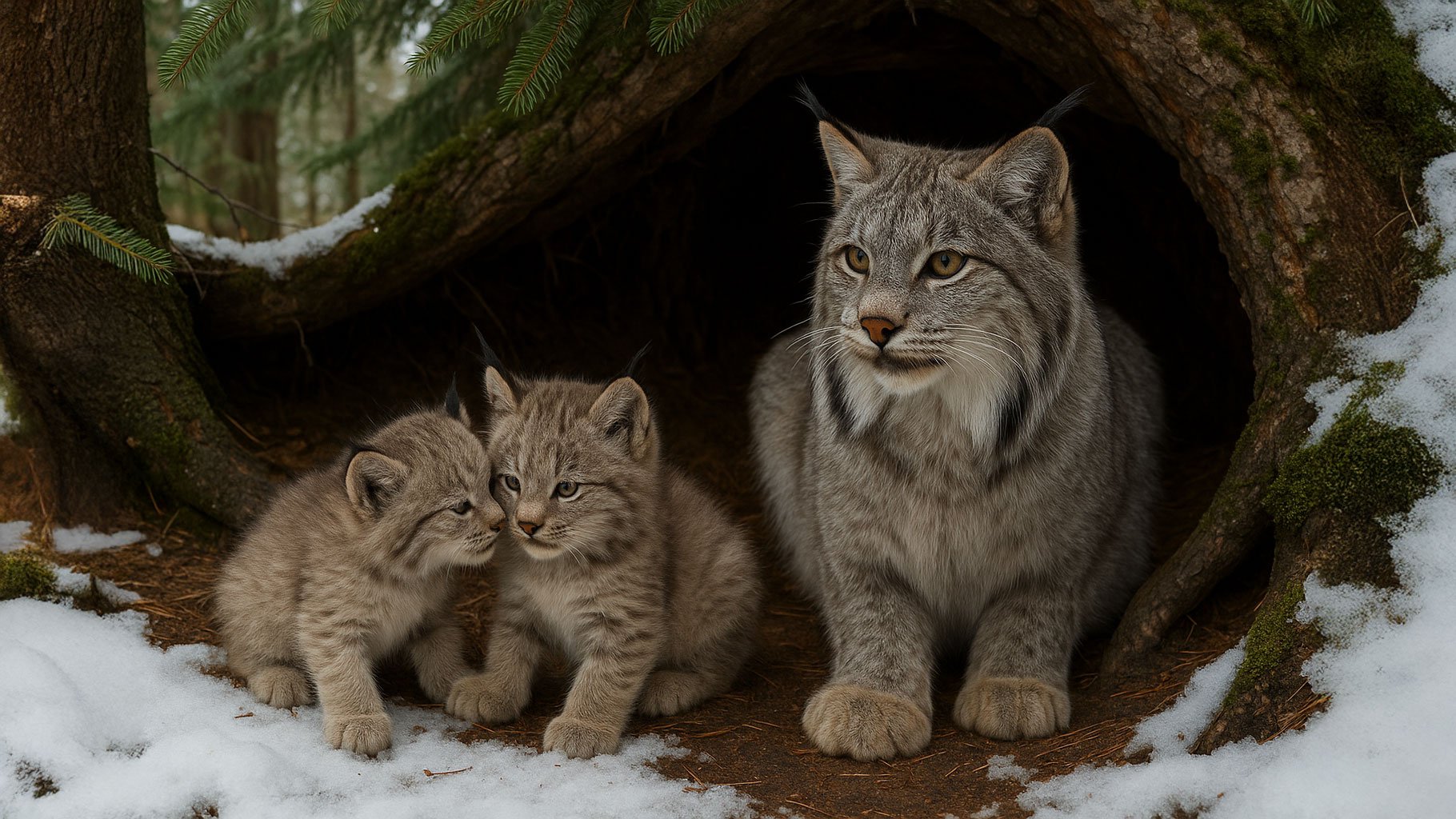The Quiet Code: What Your Cat's Purr Reveals About Evolution and Our Shared Story
In the soft hush of evening, as light filters through the window and a cat curls into your lap, there’s a moment of stillness. Then it begins—that steady, rhythmic purring. It’s a sound many of us recognize as the heartbeat of feline companionship. But what if we told you that this soothing vibration isn’t just a sign of contentment—it’s a whisper from thousands of years of evolution, echoing through the genes of your modern housecat?
A groundbreaking study from Kyoto University, recently published in PLOS ONE, has uncovered a fascinating genetic clue to the mystery of the cat’s purr. The research team has traced the frequency of feline vocalizations—like purring and meowing—to a very specific piece of genetic code. The discovery centers on the androgen receptor (AR) gene, known for its role in hormone processing and behavioral traits. What they found inside that gene was a quiet revolution.
The Purring Genome
Deep within the AR gene lies a sequence of DNA that repeats a code for the amino acid glutamine. Think of it like a loop in a lullaby—repeating, shaping the rhythm of the song. In cats, this sequence can repeat anywhere between 15 and 22 times. The number of repetitions, researchers found, is not just a molecular quirk—it may influence how often a cat purrs or vocalizes, and even how it relates to humans.
In a study of 280 mixed-breed, spayed or neutered cats from across Japan, researchers paired genetic testing with behavioral surveys. The results were revealing: cats with 18 or fewer repeats purred and vocalized more often. Among male cats, fewer repeats meant more expressive communication—meows, chirps, and all the quirky sounds cat lovers adore. For female cats, those same lower repeat counts were linked to more assertive behavior—particularly aggression toward strangers.
But why would a slight change in a genetic sequence alter how a cat "talks" to us?
Evolution in a Whisper
The implications stretch far beyond the living room.
When the Kyoto team analyzed wild feline DNA—including species like the serval, leopard cat, and the ancestral wildcat of domesticated cats—they found none carried the longer version of the AR gene. The 20–22 repeat variant was completely absent in wild counterparts. That means this genetic evolution likely occurred after cats were domesticated, and potentially because they were domesticated.
In simpler terms: quieter cats, who purred less and demanded less, may have been naturally selected as better housemates. Over time, this selection may have nudged feline evolution toward more passive, contented behaviors—ideal for cohabitating with humans.
Even more compelling is the finding that purebred cats—those intentionally bred to live with people—are more likely to carry the long-repeat version of the AR gene. It's as if generations of human preference have sculpted not just appearance or temperament, but even the sounds cats make when they trust us most.
More Than DNA
Of course, genetics isn’t the whole story. A cat’s personality is shaped by early experiences, environment, and individual quirks. But the Kyoto study reminds us that nature and nurture dance together, even in our pets. Domestication isn’t just about taming—it’s a symphony of co-evolution, where species grow alongside each other in subtle, profound ways.
So the next time your tabby curls up beside you and starts to purr, pause for a moment. That sound you hear isn’t just a sign of happiness. It’s a genetic love letter—an echo from the distant past, encoded in strands of DNA and refined through centuries of companionship.
It’s a reminder that, in the grand story of life on Earth, we’re not just caretakers of animals. We’re co-authors in their evolution.
A Positive Call to Action
Understanding the science behind our bond with cats deepens our appreciation for all wild feline species. But while domestic cats have adapted to us, many wild cats are still fighting for survival—from the African serval to the elusive Andean cat. At Big Cat Rescue, we are committed to protecting these species in the wild, where they belong.
By supporting ethical conservation, ending the private ownership of wild cats, and advocating for legislation like the Big Cat Public Safety Act, we can ensure that future generations continue to hear not just the purr of a housecat—but the roar, yowl, and whisper of the wild, too.
Because the health of our planet, like a cat’s purr, depends on the quiet harmonies we too often overlook.
Read more: 2025 https://www.ynetnews.com/environment/article/r111qxywuge
